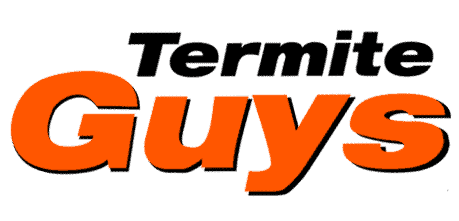Where you live in Brisbane can have a massive impact on the risk of termites infesting your home. Some suburbs are more prone to termite issues than others. In the upcoming months we will go through the different suburbs of Brisbane. This will give us a better understanding of what sort of termite risks can be found in the different suburbs.

Termite Risk Factors
History of suburb
The history of a suburb has major impacts on termite activity. When was it built up? What type of bush was cleared from the area to make way for the buildings? The history of the suburb is closely interconnected with the following factors. There are regulations saying buildings need to have termite protection as part of the construction. Homes built between mid nineties and up until 2010 were protected with non repellent barriers, however all these have an expected life time, which by now would have run out.
What type of buildings
There is a big variety of house styles in Brisbane. Each style has its weaknesses and appeal to termites. The classic Queenslander on stumps with ant caps to bring out traces of any termite attacks. These homes were built prior to the use of pesticides and termiticides. Thus, they had to rely on physical barriers and constant vigilance. When a mud lead appear on the stump or across the ant cap attacks can be stopped in their tracks. After the world wars there was a big need for new and affordable housing. The old Queenslanders were too expensive to build and with the new pesticides houses could be built straight on the ground without any termite risk. These homes are made of pine and bricks. This type of home is a brick veneer. A home which sits straight on the ground runs a higher risk of unnoticed termite infestation.
Bush land
Subterranean termites can travel quite the distance from their primary nest to forge for timber. Termites thrive in bush land as they are undisturbed by construction or other human activities. They can live a good life and produce satellite nests closer to properties. This means that if there is bush land in the proximity or even within the suburb this is likely to increase the termite risk.
Fresh water sources
Marshlands and any wetlands, such as lakes and freshwater sources supply all year water for termites. Termites need two things to thrive: moisture and food. If there is a steady supply of moisture close to your home (the food) the risk of termite infestation increases exponentially.
Dodgy termite treatments
In the tracks of DDT and other harsh chemicals with terrible effects on wildlife, human insincere business practices followed. In 1994 the infamous chemical DDT was banned in Australia. DDT was a very effective termiticide, but also incredibly harmful to wildlife. When this chemical was banned a few pest control businesses turned to dodgy treatments. Many homes suffered greatly from not being protected properly.
Termite Risk Score
Every suburb will be given a total score based on the termite risk factors. The higher this score is, the greater the risk of termite infestation in the specific suburb. However, even if the area is high or low risk according to this score every home is different. There are many local risk factors regardless suburb. You can read more about these here. So, even in a low risk area your home is at risk if you do not take precautions. Also, in the same way a properly protected home in a high risk area will lower any termite risk exponentially.
Contact us!
For a Free Quote on Termite Barriers please contact us!
Michael is incredibly knowledgeable when it comes to termites and how to deal with them. So if you have any question just give him a call and he will do his very best to give you an accurate answer.
Phone:0447 268 257
Office: 3393 3515
Email:inspector@staging.termiteguys.com.au


